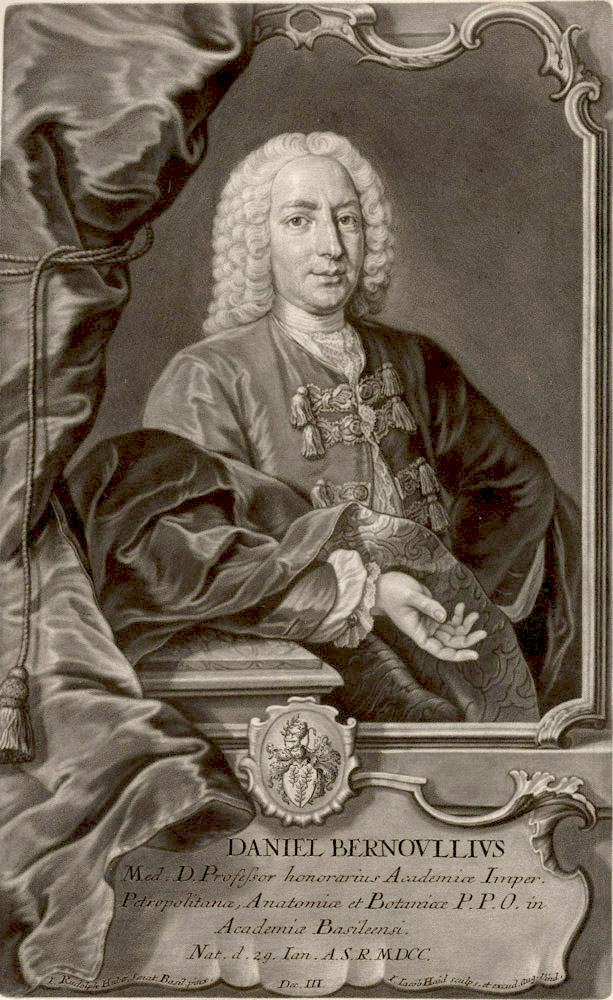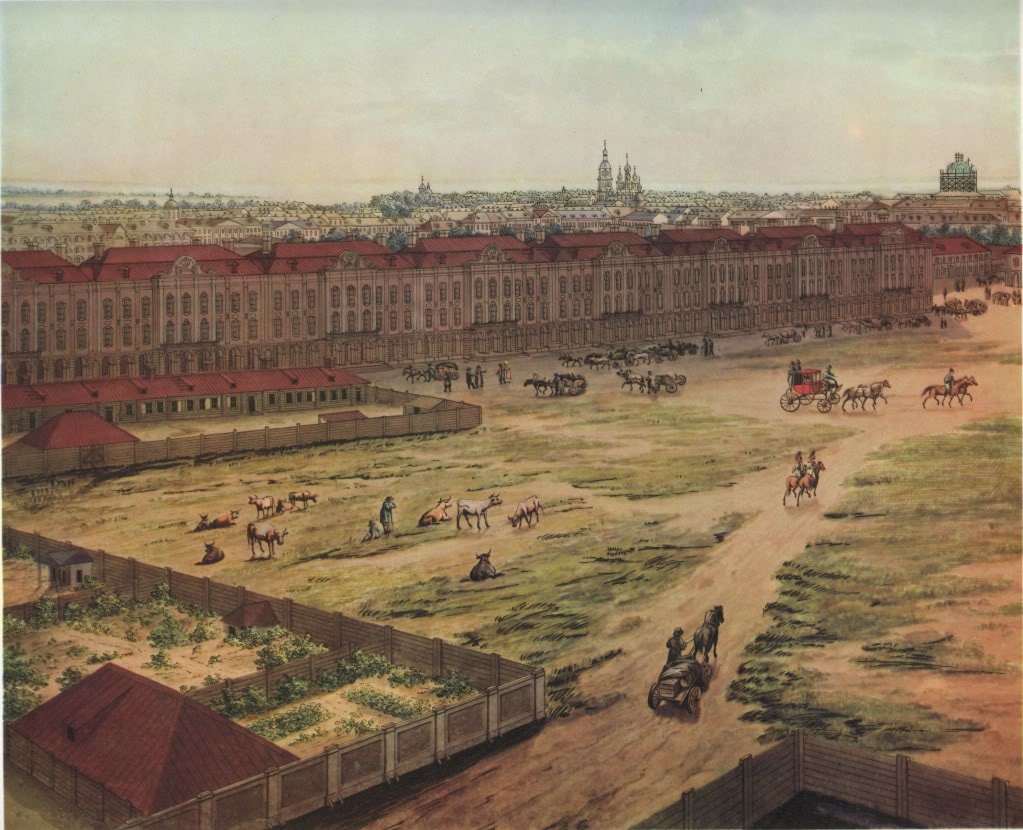- About MAA
- Membership
- MAA Publications
- Periodicals
- Blogs
- MAA Book Series
- MAA Press (an imprint of the AMS)
- MAA Notes
- MAA Reviews
- Mathematical Communication
- Information for Libraries
- Author Resources
- Advertise with MAA
- Meetings
- Competitions
- Programs
- Communities
- MAA Sections
- SIGMAA
- MAA Connect
- Students
- MAA Awards
- Awards Booklets
- Writing Awards
- Teaching Awards
- Service Awards
- Research Awards
- Lecture Awards
- Putnam Competition Individual and Team Winners
- D. E. Shaw Group AMC 8 Awards & Certificates
- Maryam Mirzakhani AMC 10 A Awards & Certificates
- Two Sigma AMC 10 B Awards & Certificates
- Jane Street AMC 12 A Awards & Certificates
- Akamai AMC 12 B Awards & Certificates
- High School Teachers
- News
You are here
Euler and the Bernoullis: Learning by Teaching - Daniel Bernoulli and Euler
Little of the great learning these formative geniuses of mathematics required was done in a formal university environment. Instead, they learned from each other, through discussions, letters, reading and criticizing each other’s work, and posing problems for each other to solve.
The author has used this technique to great effect in classes at all levels. Given a problem and a historical figure associated with it, first, present a brief introduction to the historical figure, be it Bernoulli (any one of them), Newton, Leibniz, Euler, or someone else. Next, propose whatever version of the problem is appropriate to the level of the students – in the original words if possible. Students have a right to know that the teaching and learning of mathematics has a history, too. Seeing the strengths and the weaknesses of older notations, less precise and wordier formulations, and the sort of overgeneralizations to which these early masters of the art were sometimes prone, can bring modern students to a deeper appreciation of the subject as a living, growing, and changing entity. Finally, challenge the students to address the problem at whatever level is appropriate.

Figure 6. Daniel Bernoulli (1700–1782), mezzotint engraving by Johann Jakob Haid (1704-1767), after a painting by Johann Rudolf Huber (Wikimedia Commons, public domain)
For mathematicians in the eighteenth century, encouragement, instruction, correction, ‘social networking,’ and career development all happened in the pages of letters. The letters exchanged by the Bernoullis and Euler were sometimes written in the lingua franca of science, Latin, or the true lingua franca, French, and sometimes in German. Such encouragement was vital; other than the Royal Society in England and its pallid copy, founded by Leibniz, the Berlin Society of Sciences, there were no organizations, no Nobel committees, no established network of peers to evaluate and encourage. A brilliant mathematician like Euler had to take poorly paid positions. Consider Daniel Bernoulli’s invitation to Euler to join him in Saint Petersburg in 1726:
It is several months since I have written you by order of our President … and invited you in his name to come and take a post in our Academy with a stipend of 200 rubles; I fully understand that this amount is beneath your merit. [1; see Note 4]
This passage of a letter written by Daniel to Euler shows both the efforts Daniel expended to find a post for Euler and the paltry expectations a mathematical genius of that day had for worldly recognition and wealth; perhaps little has changed in this regard since that time. In the same letter Bernoulli encouraged Euler to toot his own horn:
While waiting [to come to St. Petersburg] don’t forget to send the Academy some of your work, and make them aware by reading it that as well as I have spoken of you, I have not said enough. [1; see Note 5]

Figure 7. St. Petersburg around 1820 by Angelo Toselli (1762-1839). This is one of ten works making up Toselli’s 1820 “Panorama of St. Petersburg.” (Wikimedia Commons, public domain)
If a particularly enthusiastic student asks a probing question, have her write it up and “mail” it to all the other students, by email or in some other way. This will involve students in the exciting sort of exchange that so inspired Leibniz, Newton, and especially the Bernoullis.
Note 4. Il y a quelque mois que je vous ecrivis par ordre de notre President…et que je vous invitai en son nom de venir prendre la place d’Eleve dans notre Academie avec 200 roubles de pension; je savois fort bien que ce salaire etoit au-dessous de votre merite. [1]
Note 5. En attendant ne manquez pas d’envoyer a l’Academie au plus tot quelque piece de votre facon, et faites lui voir par la que, quelque bien que j’aye dit vous, je n’en ai pas encore assez dit. [1]
Paul Bedard (Saint Clair County Community College), "Euler and the Bernoullis: Learning by Teaching - Daniel Bernoulli and Euler," Convergence (August 2015)




